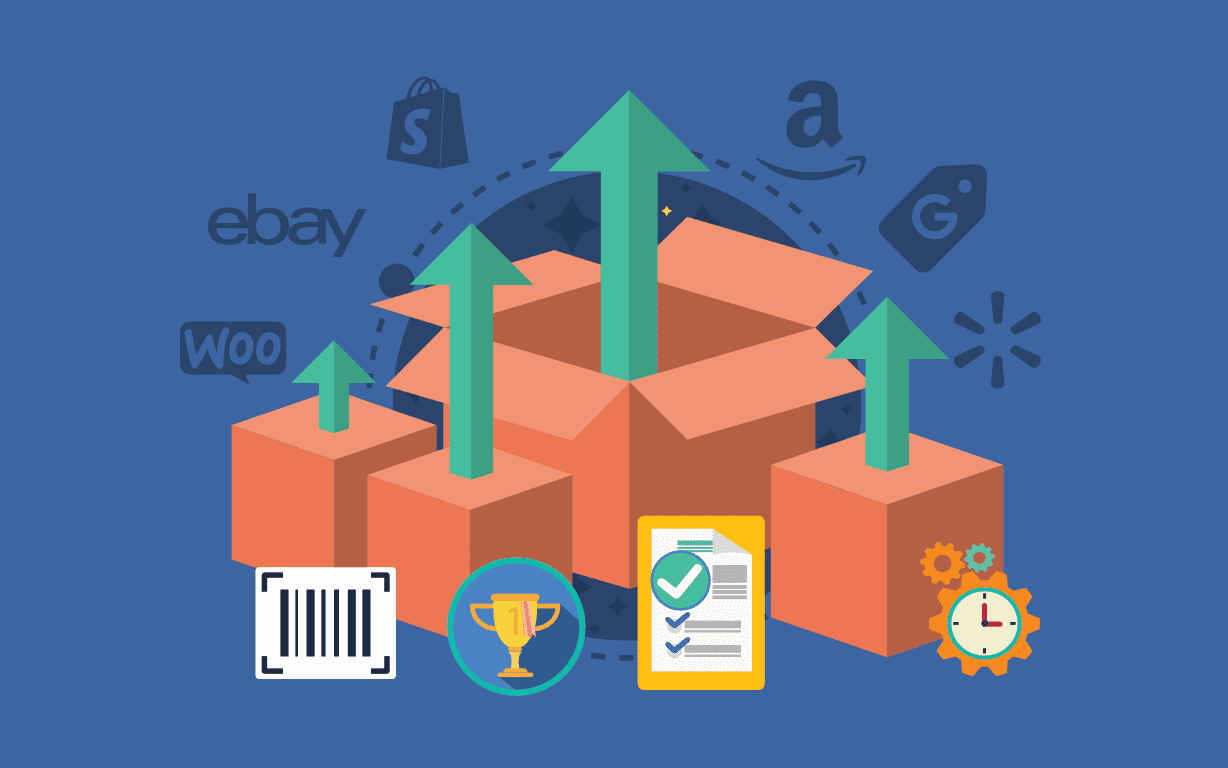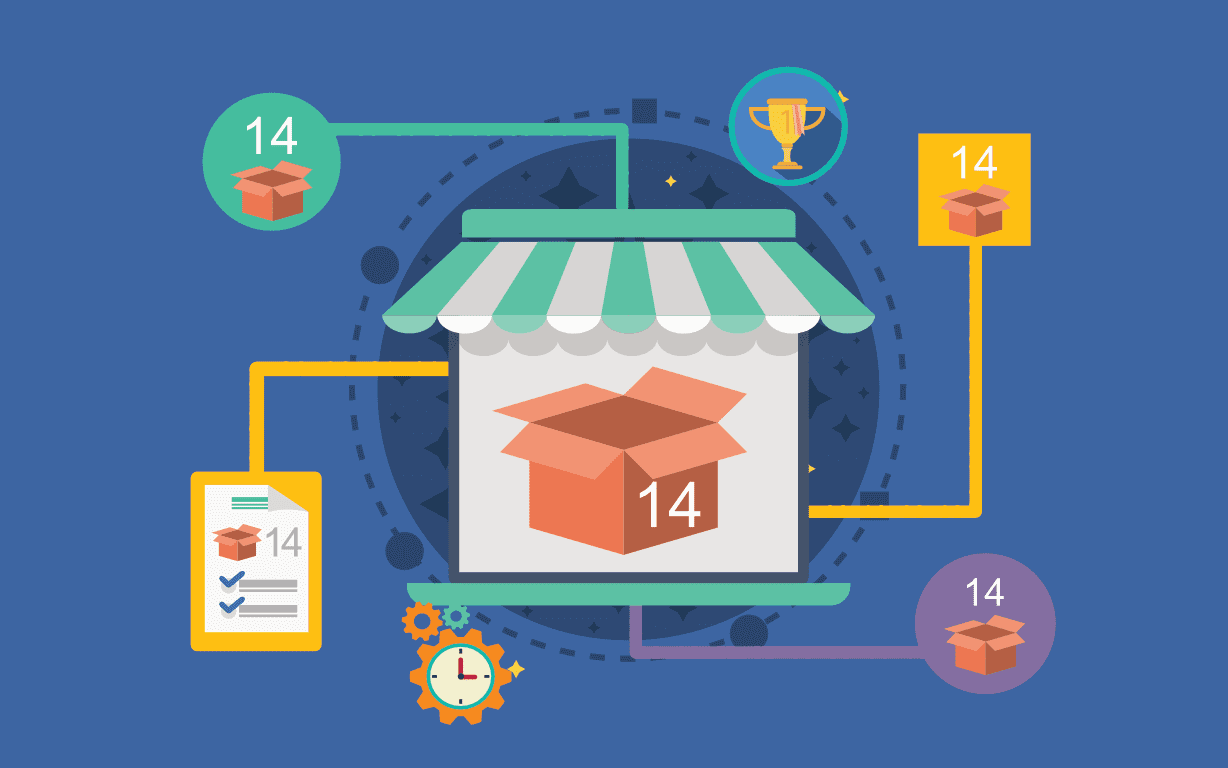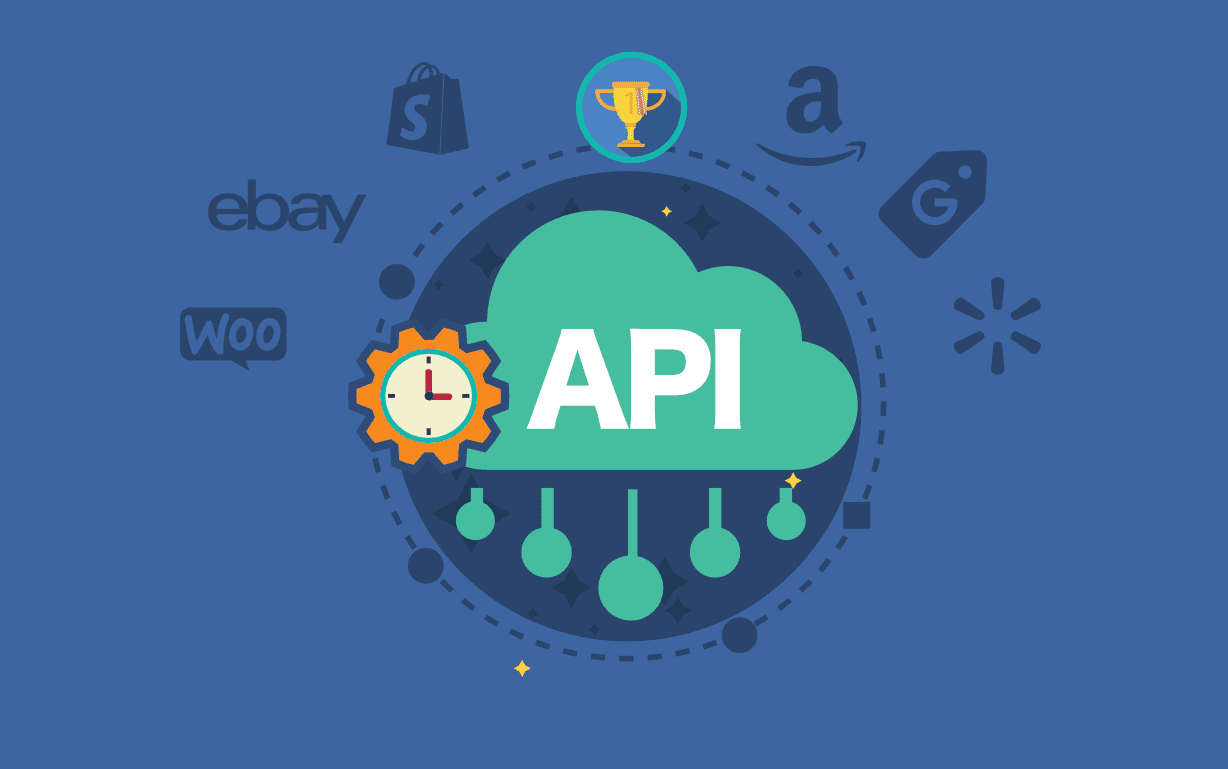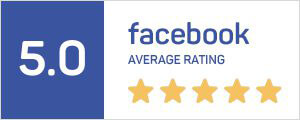
Without an automated system for ecommerce product catalog management, your online business can turn into chaos. Inconsistent data, oversold items, or listing errors can result in frustrated customers.
Read on to find out what product catalog management is, how it links to product information management (PIM), and how you (the e-commerce seller) can deploy a solid product branding strategy and operational backbone.
Try SellerChamp for Yourself!
Schedule a demo today and discover how our Bulk Lister can help you list more products, increase sales, and grow your e-commerce business faster than ever.

What Is Product Catalog Management & Why It Matters
Benefits of Adopting Catalog + PIM best practices include:
- Accuracy and consistency: one source of truth avoids messy mismatches and listing errors
- Faster product onboarding: when introducing new SKUs or product lines, you can scale without recreating data each time
- Better conversion rates: rich, correct data helps buyers feel confident and reduces returns.
- Multi-channel readiness: distribute listings across marketplaces while maintaining consistent product data
- Operational efficiency: fewer manual updates, less duplication of effort, faster fixes
Do you know: The global e-commerce market is projected to grow to over $7.9 trillion by 2027, with online retail purchases set to increase their share of total retail sales.
Key Elements of an Effective Catalog / PIM Setup
Clear Taxonomy & Category Structure
Comprehensive Attributes & Specifications
Media & Digital Assets
Pricing & Promotions
Inventory & Availability Data
SEO / Discovery Metadata
Version Control & Change Tracking
Do you know: The eCommerce Software market is anticipated to witness a substantial growth in the coming years, with projected revenue of US$8.41bn by the end of 2025.
How to Build a Catalog / PIM Strategy
- Audit & Clean Your Existing Data
- Define Your Channel Requirements
- Pick or Implement a PIM / Central System
- Integrate with Marketplace & Channel Tools
- Automate Data Syndication & Updates
- Maintain Data Governance
- Expand & Iterate
How SellerChamp Supports Your Catalog Strategy
- Multi-Channel Listing & Auto Imports
- Inventory Sync & Real-Time Updates
- Cross-Listing & Bulk Listing Tools
- Data Synchronization & Attribute Mapping
- Insights & Reports
Read also: SellerChamp August 2025 Product Updates
FAQs on E-Commerce Product Catalog Management
Q: What is the difference between catalog management and PIM?
Q: Can I use Excel or spreadsheets for product catalog management?
Q: How often should I update my catalog data?
Try SellerChamp Demo
Ready to cut your shipping costs in half?
Request a SellerChamp demo today and see how discounted online shipping labels can save you time and money instantly.








![Best Rated E-Commerce Automation Platforms and Tools [Updated]](https://sellerchamp.com/wp-content/uploads/2025/06/image4-1-600x315.png)







